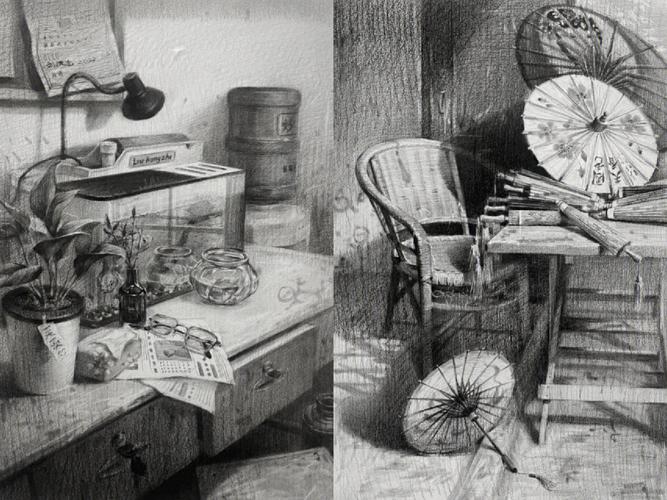考研设计素描总分
Title: Mastering Sketching for Design: A Guide to Preparing for Graduate Entrance Exams
Introduction
Entering graduate school for design often requires a strong portfolio, showcasing your skills and creativity. One crucial aspect of this portfolio is your ability to sketch effectively. In this guide, we'll delve into the essentials of preparing for design graduate entrance exams, focusing specifically on improving your sketching skills.
Understanding the Exam Requirements
Before diving into preparation, it's essential to understand the specific requirements of the design entrance exams you're aiming for. Different institutions may have varying expectations regarding the quality and style of sketches. Some may prioritize technical accuracy, while others may value creativity and expression. Researching past exam papers and portfolio guidelines can provide valuable insights into what examiners are looking for.
Fundamental Sketching Techniques
Mastering fundamental sketching techniques lays the groundwork for more advanced skills. These techniques include:
1.
Line Quality:
Practice controlling the thickness and consistency of lines to convey depth and form effectively.
2.
Perspective Drawing:
Understand the principles of onepoint, twopoint, and threepoint perspective to create realistic spatial representations.3.
Proportions and Scale:
Develop an eye for accurate proportions and scale by regularly sketching from observation and reference.4.
Light and Shadow:
Learn how to use shading techniques such as hatching, crosshatching, and stippling to add depth and dimension to your sketches.Building Your Visual Vocabulary
Expand your visual vocabulary by regularly sketching a wide range of subjects, including:
1.
Objects:
Practice sketching everyday objects from different angles and perspectives to improve your observational skills.2.
People:
Capture the human figure in various poses and gestures to develop a better understanding of anatomy and movement.3.
Landscapes:
Experiment with capturing landscapes and urban scenes to enhance your understanding of environmental design.4.
Conceptual Sketching:
Explore abstract concepts and ideas through quick, expressive sketches to stimulate creativity.Developing a Personal Style
While mastering fundamental techniques is crucial, developing a personal style sets you apart as a designer. Experiment with different mediums, such as pencil, pen, charcoal, or digital tools, to find what works best for you. Incorporate elements of your unique perspective and interests into your sketches to infuse them with personality and creativity.
Seeking Feedback and Iteration
Don't be afraid to seek feedback on your sketches from peers, instructors, or industry professionals. Constructive criticism can help you identify areas for improvement and refine your skills further. Remember that mastery comes through iteration, so be willing to revisit and revise your sketches based on feedback.
Creating a Cohesive Portfolio
As you prepare for design graduate entrance exams, curate a cohesive portfolio that showcases your best work. Select sketches that demonstrate a range of techniques, styles, and subject matter, highlighting your versatility as a designer. Organize your portfolio thoughtfully, paying attention to presentation and storytelling to create a compelling narrative.
Conclusion
Preparing for design graduate entrance exams requires dedication, practice, and a willingness to push your creative boundaries. By mastering fundamental sketching techniques, building your visual vocabulary, developing a personal style, seeking feedback, and creating a cohesive portfolio, you can maximize your chances of success. Remember that the journey of becoming a skilled designer is ongoing, so embrace each opportunity to learn and grow.










评论